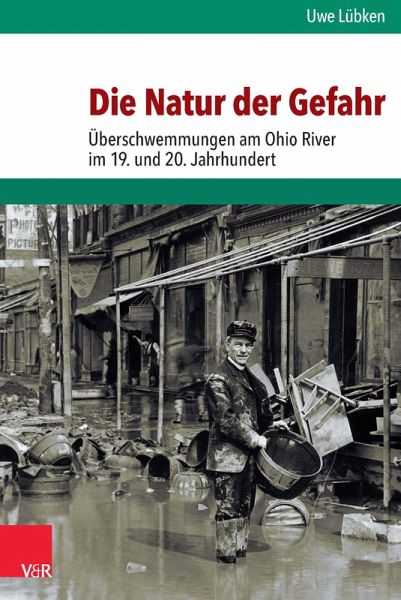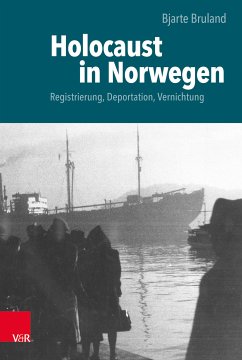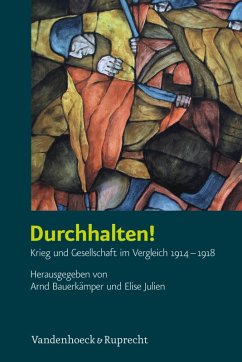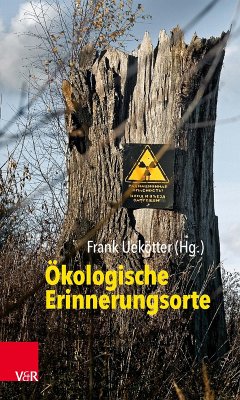
Die Natur der Gefahr (eBook, PDF)
Überschwemmungen am Ohio River im 19. und 20. Jahrhundert
Versandkostenfrei!
Sofort per Download lieferbar
Statt: 65,00 €**
60,00 €
inkl. MwSt. und vom Verlag festgesetzt.
**Preis der gedruckten Ausgabe (Gebundenes Buch)
Alle Infos zum eBook verschenken

PAYBACK Punkte
0 °P sammeln!
Hardly any other river has suffered as greatly from the drastic confluences of natural and cultural dynamics as the Ohio River. The waterway, an important means of transport and communication, was vital to the growth of the Ohio Valley region in the nineteenth century.Commercial hubs and industrial cities, such as Pittsburgh, Louisville, and Cincinnati, sprung up along its banks; it served both as a sewer and as the infrastructural artery. However, this seemingly harmonious union of nature and culture was called into question by repeated flooding. Uwe Lübken has examined both the increasing u...
Hardly any other river has suffered as greatly from the drastic confluences of natural and cultural dynamics as the Ohio River. The waterway, an important means of transport and communication, was vital to the growth of the Ohio Valley region in the nineteenth century.Commercial hubs and industrial cities, such as Pittsburgh, Louisville, and Cincinnati, sprung up along its banks; it served both as a sewer and as the infrastructural artery. However, this seemingly harmonious union of nature and culture was called into question by repeated flooding. Uwe Lübken has examined both the increasing use of flood plains and the assimilation of flooding into local knowledge, analysing the ways in which past disasters were remembered or forgotten and the history of flood defences. He presents the history of flooding in the Ohio River as a history of risk, in which river use and hazards are closely intertwined.
Dieser Download kann aus rechtlichen Gründen nur mit Rechnungsadresse in A, B, BG, CY, CZ, D, DK, EW, E, FIN, F, GR, H, IRL, I, LT, L, LR, M, NL, PL, P, R, S, SLO, SK ausgeliefert werden.













